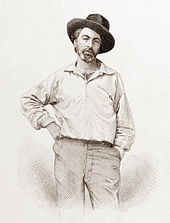[For most of the past week I was in Melbourne, visiting an old and dear friend, Margot Roth, who will be ninety-three this year.
I am, with the help of a few others, working towards gathering a “Selected Writings of Margot Roth” for publication. Though she has recently given up the role of (volunteer) editor of the Mannington University of the Third Age (U3A) newsletter, Margot continues to contribute a column to the New Zealand Women’s Studies Assn newsletter, ranging across many subjects, including roles and media portrayals of women.
Five of us, (three of whom, including Margot) had worked at the Southern Cross newspaper something like sixty years ago, met for lunch at a bistro staffed by first-year hospitality students at a technical institute. I had kangaroo. It was good.
I’m currently reading through the columns, called “The Gripes of Roth”, that Margot contributed to Broadsheet, New Zealand’s feminist magazine, from 1987 until its demise in 1997. Here’s just one sentence, from May 1990 in a column about, among other things, using children in television advertising: “It’s good … to be reminded by cute tots that even nappies are now designed to accommodate gender differences, just like the grown-ups’ pay rates and job opportunities.” Sharp observations expressed with wit are a hallmark of Margot’s writing.
It’s an accidental irony that I’m currently reading & Sons by David Gilbert, about a fictional author, AN Dyer, his three sons, his just-deceased best friend and the best friends’ son. I keep thinking of The Great Gatsby as I read because the sort of narrator is the friends’ son, barely part of the action apart from commenting on it. I’ll say more about the book when I’ve finished it.
A personal point of note about & Sons is that it is the first book I have borrowed from the public library as an ebook. I got into a muddle with downloading the app and figuring out how to work the system, but having pushed my way through that, the book appeared on my iPad and every time I go to read it there’s a note telling me when it will be “returned” – that is, will vanish from my device. Is that spooky, or what?


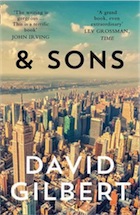
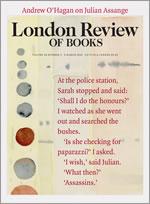
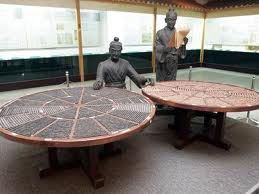

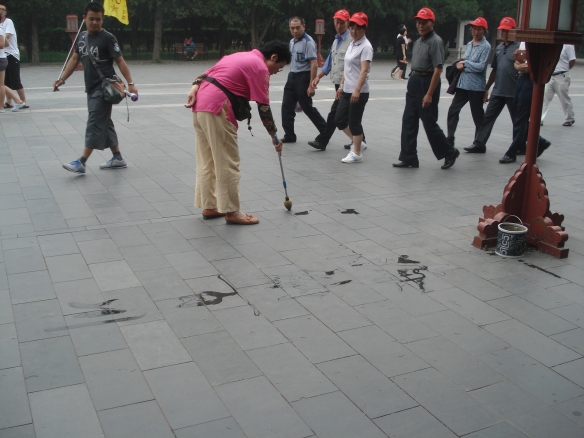












![Black Phoenix [1984-88] a major installation now in the collection of Te Papa Tongarewa (The National Museum of NZ) Photo from Wikipedia.](https://patrosierblog.files.wordpress.com/2014/03/screenshot-2014-03-07-10-13-07.png?w=300&h=221)





